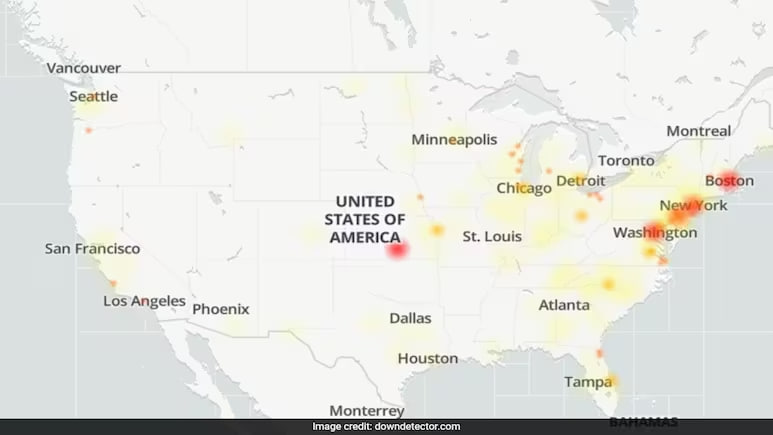In the dynamic world of cryptocurrencies, investors often experience both exhilarating highs and gut-wrenching lows. As we step into 2023, the crypto market is facing a bearish outlook, casting a shadow over the once-booming digital asset landscape. In this blog post, we will explore the factors contributing to the bearish sentiment surrounding crypto coins in 2023 and discuss strategies for navigating this challenging terrain.
Regulatory Headwinds:
One of the primary reasons for the bearish outlook on cryptocurrencies in 2023 is the escalating regulatory scrutiny faced by the industry. Governments around the world are grappling with the need to create a balanced regulatory framework that fosters innovation while addressing concerns related to fraud, money laundering, and investor protection. Increased regulatory pressure can lead to uncertainty, market sell-offs, and a decline in investor confidence.
Market Overheating and Corrections:
The crypto market experienced significant growth in the preceding years, with many digital assets reaching unprecedented highs. However, such rapid ascents are often accompanied by corrections, and 2023 seems to be no exception. Overvaluation concerns, coupled with a potential market bubble, have led to increased selling pressure, triggering a market-wide correction that is causing bearish sentiment.
Technological Challenges:
While blockchain technology has shown immense promise, it is not without its challenges. Scalability, security, and environmental concerns related to proof-of-work consensus mechanisms have become significant issues. Technological limitations and the need for sustainable solutions may hinder the growth and adoption of certain cryptocurrencies, contributing to the bearish sentiment.
Market Saturation and Altcoin Skepticism:
The cryptocurrency market has witnessed the emergence of numerous altcoins, each claiming to offer unique features and use cases. However, as the market becomes saturated with a multitude of projects, skepticism regarding the viability and sustainability of many altcoins has grown. This skepticism can lead to a shift in investor preferences towards more established cryptocurrencies, contributing to a broader market downturn.
Navigating the Storm:
Diversification:
In times of market uncertainty, diversification remains a key strategy for managing risk. Investors should consider spreading their investments across different asset classes, including more stable cryptocurrencies and traditional assets.
In-Depth Research:
Thorough research is essential for making informed investment decisions. Investors should scrutinize the fundamentals of the cryptocurrencies in their portfolio, paying attention to technological advancements, partnerships, and the potential for real-world adoption.
Risk Management:
Establishing clear risk management strategies is crucial during bearish market conditions. Setting stop-loss orders and defining acceptable levels of portfolio exposure to high-risk assets can help mitigate potential losses.
While the crypto market faces bearish headwinds in 2023, it’s essential to approach the situation with a level-headed perspective. By staying informed, diversifying portfolios, and implementing effective risk management strategies, investors can navigate the storm and position themselves for potential opportunities when market conditions improve. As the cryptocurrency landscape continues to evolve, adaptability and a long-term perspective will be key to weathering the challenges that lie ahead.






